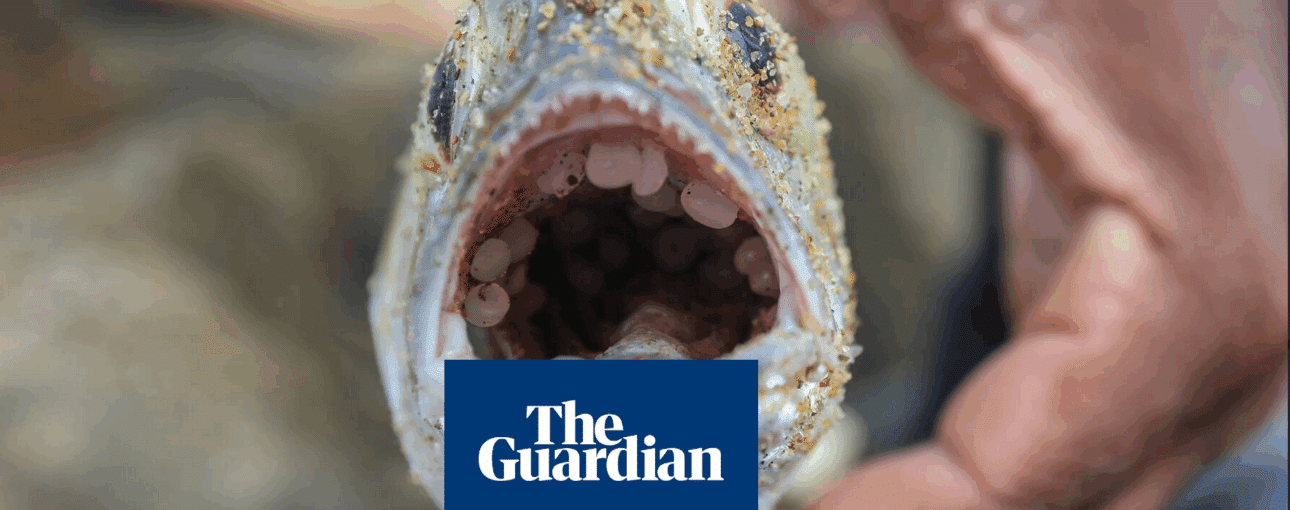In The Guardian, a story notes that millions of the tiny plastic pellets, called nurdles, are being washed up on the coast of Kerala in India in the latest in a series of global spills, as plastic treaty talks continue in Geneva.
When a Liberian-flagged container ship, the MSC Elsa 3, capsized and sank 13 miles off the coast of Kerala, in India, on 25 May, a state-wide disaster was quickly declared. A long oil slick from the 184-metre vessel, which was carrying hazardous cargo, was partially tackled by aircraft-borne dispersants, while a salvage operation sealed tanks to prevent leaks.
But almost three months later, a more insidious and persistent environmental catastrophe is continuing along the ecologically fragile coast of the Arabian Sea. Among the 643 containers onboard were 71,500 sacks of tiny plastic pellets known as nurdles. By July, only 7,920 were reportedly recovered.
Nurdles, a colloquial term for the plastic pellets, are the raw material used for nearly all plastic products. Lentil-sized, at between 1-5mm, and thus potentially classifying as microplastics, or fragments smaller than 5mm, they can be devastating to wildlife, especially fish, shrimps and seabirds that mistake them for food. They also act as “toxic sponges” attracting so-called forever chemicals such as PCBs and PFAs in seawater on to their surfaces, and also carry harmful bacteria such as E coli.
Worryingly, following the Keralan spill, there have been reports of nurdles once again washing up on beaches in Sri Lanka, a reminder of the worst recorded plastic pollution spill in history when the X-Press Pearl container ship, carrying chemicals, caught fire and released 1,680 tonnes of nurdles into the sea off Colombo in 2021.
A research paper published in June co-authored by Therese Karlsson, a scientific adviser for the International Pollutants Elimination Network, showed that plankton may well have been malformed after exposure to leached chemicals from plastic and burnt plastic debris from the X-Pearl Express. Of 16,000 chemicals in plastic, 4,000 are known to be hazardous. “But for more than 10,000 of them we don’t know the health impacts,” she says.
Read the full story in The Guardian.
